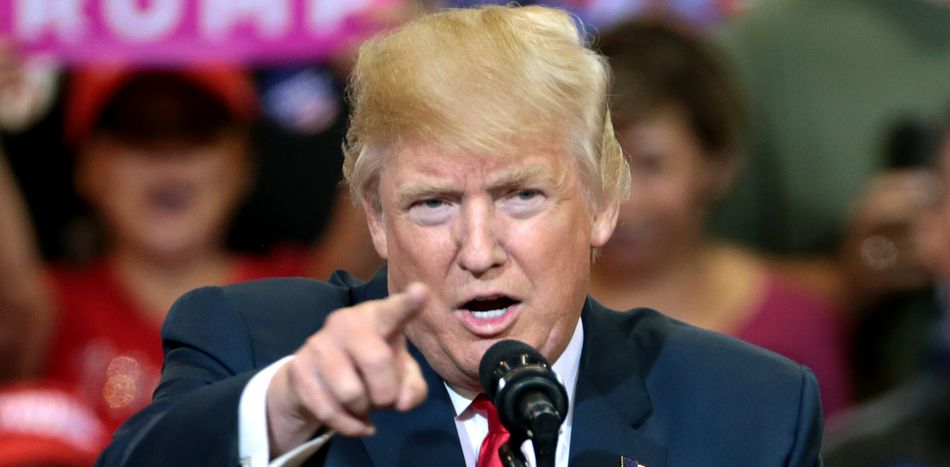
Various U.S. intelligence agencies revealed that several attacks by Taliban fighters against U.S. and coalition soldiers in Afghanistan were financed from Tehran.
The Haqqani network, a terrorist group led by one of the most senior Taliban members, was responsible for carrying out these attacks, including the attack on the Bagram airbase on December 11, 2019. Two civilians were killed in this attack, and more than 70 people were injured, including four Americans.
According to CNN, the publication that revealed the information, the payments found were linked to six attacks carried out during 2019 by the same Haqqani militant group. Although the name of the government that financed these acts is classified, two sources familiar with the intelligence told CNN that the Iranian regime was behind the financing.
After the December 11 attack, the U.S. managed to eliminate an Iranian general with a prominent role in Iraq after an intelligence process to develop measures to neutralize Iran’s funding to the Taliban.
The work that U.S. agencies have done to reduce Iran’s economic influence on the Taliban has been quiet at the media level. Neither the Iranians nor the Taliban have been openly singled out, and the main reason is that this may have damaged the historic peace agreement between the U.S. and the Taliban after 18 years of armed conflict.
This agreement stipulates that the U.S. and NATO allies would withdraw military troops from the territory if the Taliban insurgent group does not allow al-Qaida or any other extremist group to operate within the areas it controls.
The airbase that was attacked by the Taliban -Bragam- is considered one of the most important U.S. air bases in Afghanistan. According to a CNN source, who was working on the peace accords between the U.S. and the Taliban, the attack was extremely sophisticated and detected some blind spots in the American defenses that were surprising. In fact, U.S. officials in Afghanistan were shocked.
A Pentagon document, referred to by the news network, noted that the attack involved an improvised device carried by a suicide vehicle. According to the account of events, approximately ten Taliban fighters clashed with local security forces after the explosion, and the insurgents were killed in an airstrike by the United States. The rest of the attacks by the Taliban were not mentioned.
Controversy beyond the disclosure of the attacks and the funding
Here are two sides and points of view: from CNN and other media or analysts more akin to the Democratic side, there will be criticism that the U.S. – and the Trump administration specifically – was not forceful enough against the Taliban for these Iranian-funded attacks. This is the opinion matrix that they want to impose. But the reality is that the war in Afghanistan, the maintenance and cost of U.S. troops in that country was proving very costly for the U.S., so one of the Trump administration’s foreign policy priorities was to achieve the peace agreement with the Taliban.
In this case, we have to put the magnifying glass on the variable of the equation that did everything in its power to make the agreement fall: Iran. Why did the Iranian regime, right during peace talks, finance the attacks? The answer seems logical: they wanted not only to destabilize the Afghan peace process but also to impact U.S. foreign policy. From this point on, the American move was clear: not to give an inch of leverage to the Iranian regime.
From some time ago, one can clearly see how the Trump administration has dealt constant and strategic blows to Iran. Both economically and politically. The attacks on senior officials with the emblematic case of Soleimani and other generals, the economic sieges – through sanctions – and the decline of Iranian influence in the Middle East are three unique successes for Trump and his government.
CNN’s revelation, far from being focused as a criticism of the American government, should be one more point to the extreme difficulty of carrying out a successful foreign policy in the Middle East. And Trump has succeeded.
Let’s be clear: the U.S. did not go for the Taliban, who carried out the attacks in 2019. Instead, they went for their financiers. They attacked the causes and not the consequences.
A weakened Iran
The Trump administration’s decisions against Iran have been effective: the Iranian regime is increasingly weakened. Tehran is suffocating. Economic problems, conflicts, social pressure, sanctions; the suffocation has been progressive and forceful.
One of the keys to how the United States has put pressure on Tehran is the recent attacks against Iranian ties to Caracas. A few ago, the U.S. seized four ships from Iran with 1.1 million barrels of fuel headed for Venezuela. In doing so, the U.S. has nailed two hooks to two of its most important targets: Iran and Chavismo. This operation was monitored for months and did not even require military enforcement.
What began as an Iranian attempt to harm the United States and damage Trump’s foreign policy through destabilization ended up being a kind of political self-defeat. Iran tried to play with fire, financing third parties to attack the Americans, and they ended up burning. The United States did not retaliate against the third parties, but against those who were behind everything. Another victory for Trump, despite what CNN is saying.
 Versión Español
Versión Español












